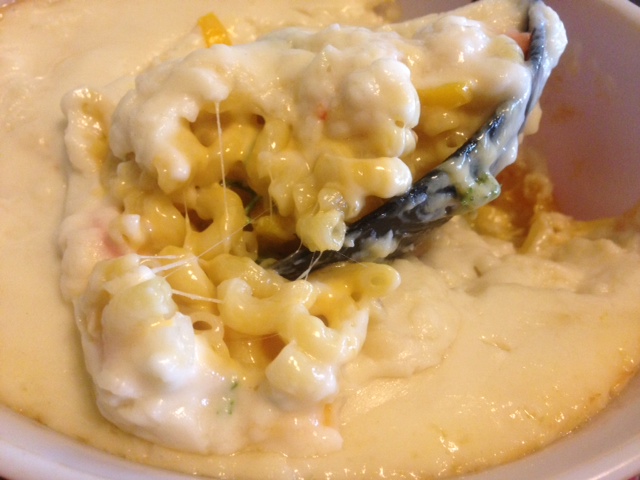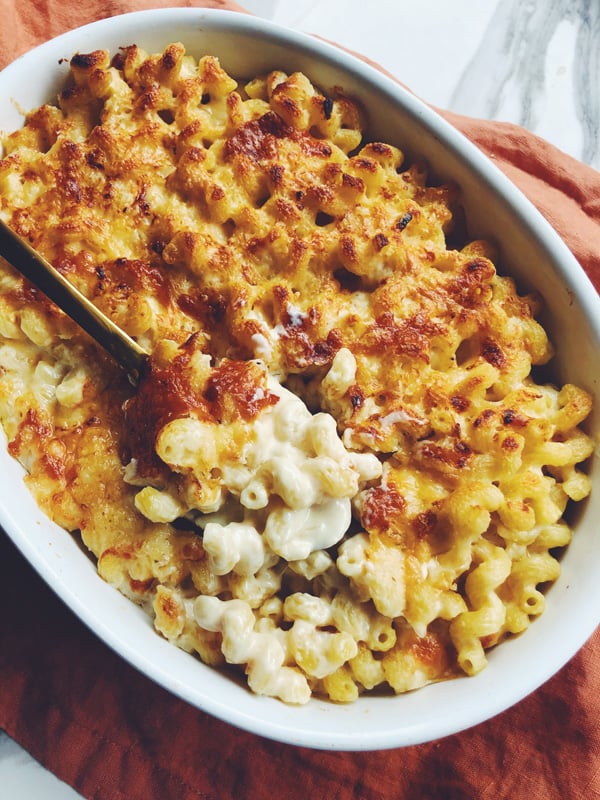

Older cheeses tend to have drier, crumbly textures-great for serving on their own, but not so much for melting. And when given the choice between young or aged fromage, you’ll want to stick to younger cheeses for mac and cheese purposes. TBH, most cheeses can’t offer both qualities, but combining a few types will solve that problem. When the shells are done cooking, strain them and leave them in the colander. Shred all the cheese (except for the velveeta) and toss them together to combine them.

Ideally, the cheese is sharp and flavorful-neither too stinky or too bland-with a creamy, gooey texture when melted. Cook the shells in salted water for 2 minutes under the recommended time on the back of the package.

But if the recipe doesn’t have a béchamel base, you’ll want to use a combination of cheeses: one for flavor and one that’s processed (like American cheese, cream cheese or Velveeta) for stability.īeyond that, the best cheeses for mac and cheese balance flavor with meltability. If you are starting with a béchamel, you won’t need to worry much about your sauce breaking or splitting (aka turning into a curdled, greasy mess). Before you select a cheese for your mac, check the recipe: Does it call for making a béchamel? (That’s a white sauce made with a roux-flour cooked with butter-and dairy.) This will influence your cheese choice.


 0 kommentar(er)
0 kommentar(er)
